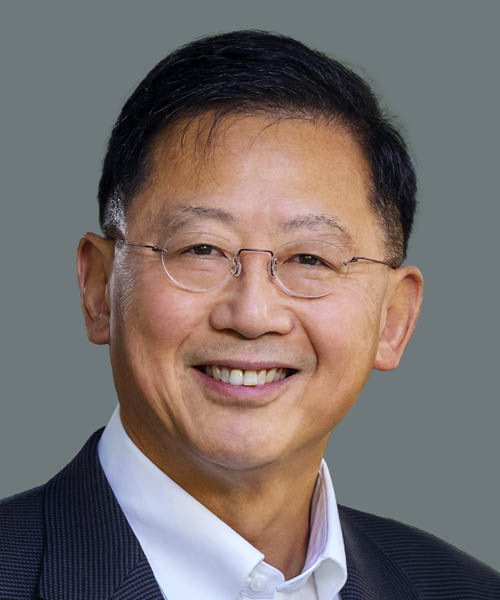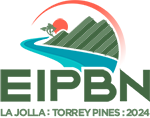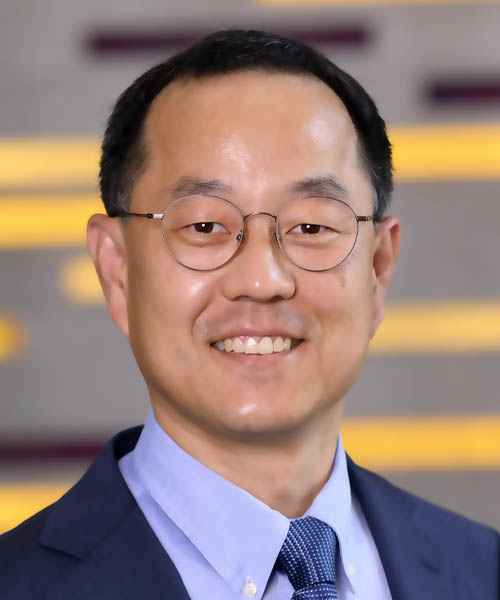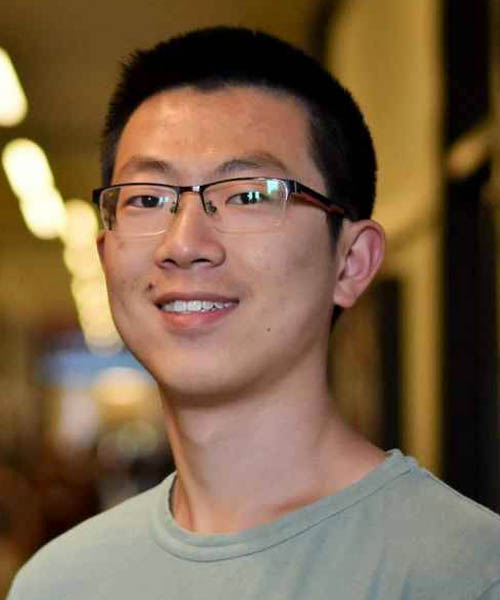Stephen Y. Chou
Princeton University
Three-Dimensional (3D) Subwavelength-Thick Plasmonic Nano-Tiles on Terraces: Broadband Omni-Angle, Near-100% Light Trapping and Absorption, Fabricated by a Single Nanoimprint Step over a Large Area
Three-Dimensional (3D) Subwavelength-Thick Plasmonic Nano-Tiles on Terraces: Broadband Omni-Angle, Near-100% Light Trapping and Absorption, Fabricated by a Single Nanoimprint Step over a Large Area
About Prof. Stephen Y. Chou
Stephen Y. Chou (Ph.D., MIT, 1986) is the Joseph C. Elgin Professor at Princeton University. He is also the founder and founding chairman of the board of three startup companies: Nanonex Corp., NanoOpto Corp., and Essenlix Corp., and is a co-founder of BioNano Genomics Inc. He is a member of the US National Academy of Engineering (2007), a Fellow of the US National Academy of Inventors (2013), a recipient of the IEEE Cledo Brunetti Award (2004), the IEEE Nanotechnology Pioneer Award, and the Nanoimprint Pioneer Award; a Packard Fellow, and a Fellow of the IEEE, the American Vacuum Society (AVS), the Optical Society of America (OSA, now Optica), and the International Society for Nanomanufacturing (ISNM), among other awards and honors.
Chou’s pioneering research has spanned a wide range of fields, including a broad spectrum of innovative nanofabrications and nanodevices—electrical, optical, magnetic, and biological—and their unique applications. His work also extends to optical systems (including lasers, LEDs, solar cells, and imaging), biosensing, and medical diagnostics. Chou’s groundbreaking inventions and pioneering works have created multiple new research fields, launched various new industries, been broadly used in numerous disciplines and industrial sectors, and generated multiple multi-billion-dollar businesses, having profoundly transformed both academia and industry.
Three of his most renowned inventions and pioneering contributions include: (1) Chou invented nanoimprint—a paradigm shift in nanopatterning methods that has revolutionized nanotechnology research, manufacturing and products across various disciplines. He not only originated the field of nanoimprint but has also been a prominent leader, visionary, inventor, and advocate in advancing various nanoimprint technologies as well as their applications across a broad range of fields.
(2) Chou is also the inventor of iMOST™ (Instant Mobile Self-Test), a groundbreaking, innovative new diagnostic test platform that delivers instant, laboratory-accurate results—even in imperfect conditions—using a simple device like a smartphone. It is operable by anyone, anytime, and anywhere, such as at the point of care, at home, or elsewhere, and is easy to use, low-cost, and portable. Chou’s iMOST invention is based on his 40 years of multidisciplinary research and invention. He also led the iMOST development through a cross-disciplinary team.
And (3) Chou is a prominent pioneer in developing new architectures and achieving ultimate scaling of nano-transistors (i.e., fabricating them with unprecedentedly small dimensions). His breakthroughs include: (i) in 1996, the first room-temperature crystal-Si single-electron transistor, with a 10 nm wire-channel and a 7 nm square floating gate, representing the ultimate scaling limit for MOSFETs; and (ii) in 1997, the first MOSFET with a nanowire channel and a wrap-around gate (now known as ‘gate-all-around’ or GAA) featuring unprecedentedly small channel width and thickness necessary for ultra-short channel operation, along with the first proposal for using a parallel wire-channel array in a transistor (now referred to as “nanoribbon transistors”). These innovations are foundational for replacing traditional planar transistors and their predecessors in today’s 3 nm node CMOS circuits and beyond.
Chou’s other inventions and pioneering works include various quantum transistors; single-domain patterned magnetic media (quantized disk) — a new paradigm in magnetic data storage; new nanophotonics (e.g., subwavelength optical elements, photodetectors, ultra-sensitive Raman and fluorescence sensors, nanoplasmonic LEDs and solar cells, and nanostructures for light extraction and trapping); nanochannel single DNA molecule analyzers; and a broad array of new nanopatterning techniques, including lithographically induced self-assembly (LISA), self-perfection by liquefaction (SPEL), and laser-assisted direct imprint (LADI).
Chou has authored over 700 refereed journal/conference papers (H-index = 97, ~44,000 citations) and delivered over 200 plenary/invited talks. He is the primary inventor and author of over 400 patents/applications.

Three-Dimensional (3D) Subwavelength-Thick Plasmonic Nano-Tiles on Terraces: Broadband Omni-Angle, Near-100% Light Trapping and Absorption, Fabricated by a Single Nanoimprint Step over a Large Area
Date: Wednesday, May 29
Time: 4:20 - 4:40 pm
Location: Scripps Ballroom II




